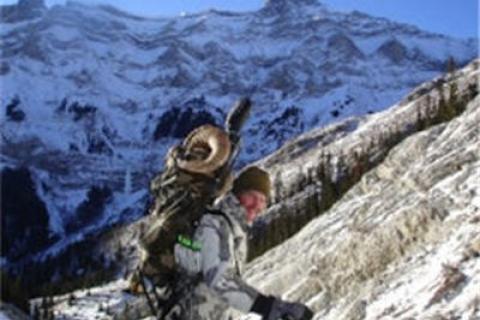
At first glance, many of the issues facing hunters and anglers today seem overwhelmingly complex. On topics as diverse as ATV use to public land development, climate change to predator management, emotionally charged debates spring up at every sportsman’s gathering. None of these issues seems to have a simple answer.
I often am confronted by individuals or organizations asking about the TRCP’s position on the issue of the day. My answer is always the same: What does the best available science tell us?
The TRCP’s mission is, and always has been, to guarantee all Americans a quality place to hunt and fish. To do this we need sustainable fish and wildlife populations and  habitats to support them. Our professional wildlife managers intimately understand this and implement policies and procedures to ensure it.
habitats to support them. Our professional wildlife managers intimately understand this and implement policies and procedures to ensure it.
Where the process falls off the rails is when we start trying to manage our fish and wildlife through what is sometimes referred to as “ballot box biology” – a process by which fish, wildlife and habitat management decisions are made not by professionals using sound, supportable, peer-reviewed and published science but by public opinion. Unfortunately, public opinion can be deeply divided, fueled not by the facts but by emotional rhetoric and snappy catch phrases that fit neatly onto bumper stickers.
A good example of this can be seen in the ongoing controversy surrounding gray wolf management, an issue that has splintered the sportsman’s community. Specifically, wolves have been single-handedly blamed for dramatically reducing big game numbers to the point where the absurd claim of “the wolves ate them all” is commonly heard in reference to elk, deer, moose and even bighorn sheep.
It’s an easy bandwagon to jump on. The image of a snarling, larger-than-life predator with blood-drenched fangs can haunt even the most reasonable hunter’s dreams when he’s on a long and unsuccessful quest and not finding the animals he is used to seeing in his favorite hunting spots. But the scientific reality behind recent population declines is far more complex, and to attribute it solely to any one factor, including predation, is an unjust over-simplification. In fact, a study sponsored by the Rocky Mountain Elk Foundation on the elk declines in the Yellowstone area has determined that wolves have had a minimal effect on elk populations.
Another recent study out of Minnesota, where a 69-percent decline in moose populations has put an end to moose hunting in that state, points toward climate change as the major factor. Milder winters are raising the survival rates of blood-sucking ticks that attack moose in the tens of thousands, when the animal already is stressed by a warmer than normal summer. Unfortunately, despite sound scientific support, “the ticks ate them all” just doesn’t have the same ring to it – and likewise would be inaccurate.
Predators such as wolves or ticks don’t exist in a vacuum. Undeniably, they have an impact; however, a host of other, much less glamorous causes exists, such as habitat degradation and fragmentation, fire suppression, irresponsible development, over-grazing, invasive species and disease.
As difficult as it may be, every sportsman is responsible – for the future of our own and our children’s hunting and angling opportunities – to be factual and credible to ensure we identify and address the actual challenges our natural resources are facing.
We must make the effort to look for the facts of each situation and ask ourselves, “What does the best available science and our professional wildlife managers tell us is best for fish, wildlife and their habitats?” Because ultimately, this also will be what is best for sportsmen.
The science behind sustainable fish and wildlife management is complex. But the decision to use it should be very simple.
Originally published on the TRCP BLOG
Published here with permission from The TRCP
- 2692 views

